Understanding the IMC Seepage Flange

A floor trough’s primary purpose is to channel & drain liquids from a floor, but as an important option, floor troughs may be equipped with a standard seepage flange or a seepage flange with clamping ring.
In this article, we will look at the functions & advantages of equipping an IMC floor trough with a seepage flange.
So, What Is Seepage Flange Actually Used For?
Seepage flanges are mostly used when the floor troughs are on the 2nd, 3rd, 4th or upper floors. The primary purpose of the seepage flange is to prevent any liquid that may seep through the floor, tile, grout or cracks. Instead, the water seeps down to the waterproof membrane & guided into the trough, through the 1/8” weep holes & down the trough drain. This prevents water from going to the area below the floor.
The seepage flange is constructed from 16GA stainless steel, measures at 5″ wide, & approximately set at 12° for drainage.
About Clamping Rings
Clamping rings clamp the waterproof membrane to keep a tight hold on the waterproof membrane. Clamping rings are constructed from 16GA stainless steel with 3/8″ studs welded on at 6″ contours around the perimeter of the trough.
The waterproof membrane rests on the floor trough & a matching clamping ring is put over the membrane of the flange. The clamp is unscrewed, then lift the clamp off, then lay down the waterproof membrane & reclamp tightening the screws for a secure/water tight hold.
Case Study: The Marriott Hotel, NYC
The Marriott Hotel, NYC installed floor troughs without seepage flanges on the 4th floor. Water leaked all over the floor & through the ceiling of the 3rd floor, raining on a wedding that was currently going on. IMC/Teddy was called in to replace the troughs with IMC troughs equipped with seepage flanges to prevent this from happening again.
The IMC troughs were installed 18 years ago & there hasn’t been a leak since. IMC troughs with seepage flanges proved to be a success in this application.
How Does a Seepage Flange Work?

In position to lay down waterproof membrane: Screw is unscrewed & clamping ring is removed. Screws are welded from the bottom of the flange. Once waterproof membrane is laid down, place clamping ring back on & tighten screws for a secure/water tight hold.
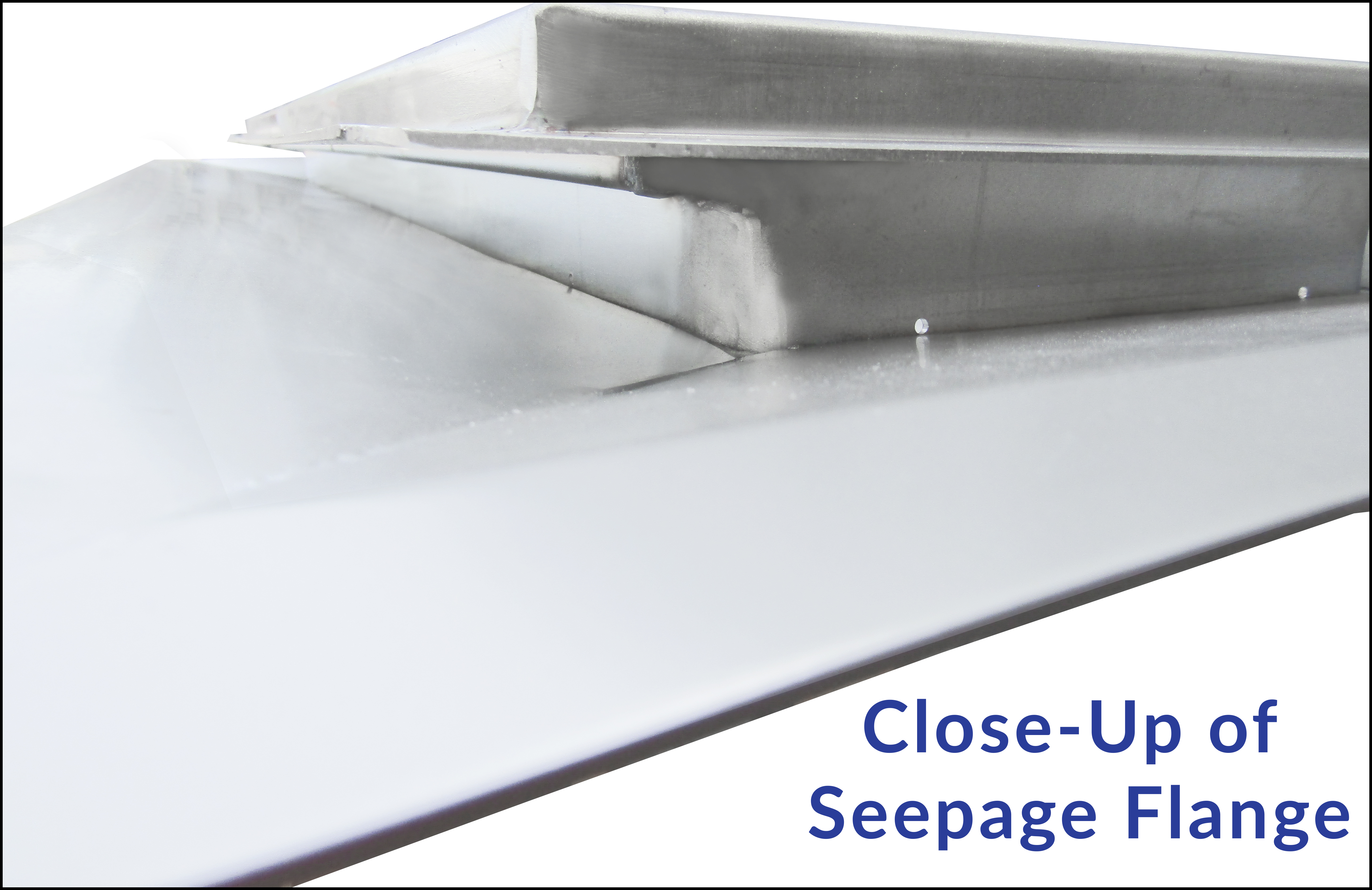
The seepage flange directs water back into the trough through the weep holes so water is drained through the trough instead of ruining floors.
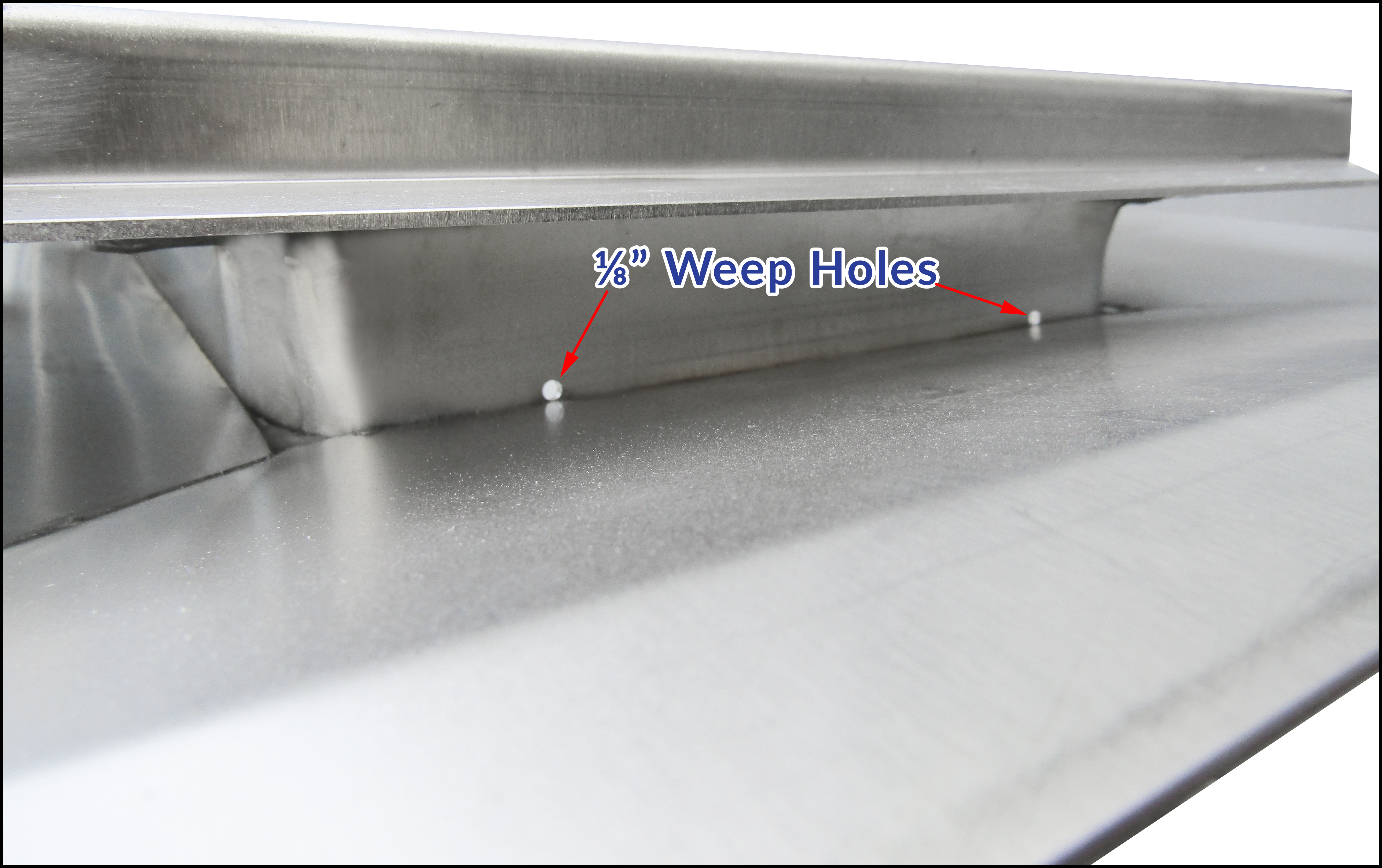

Weep holes allow the water to go back into the trough for complete drainage.
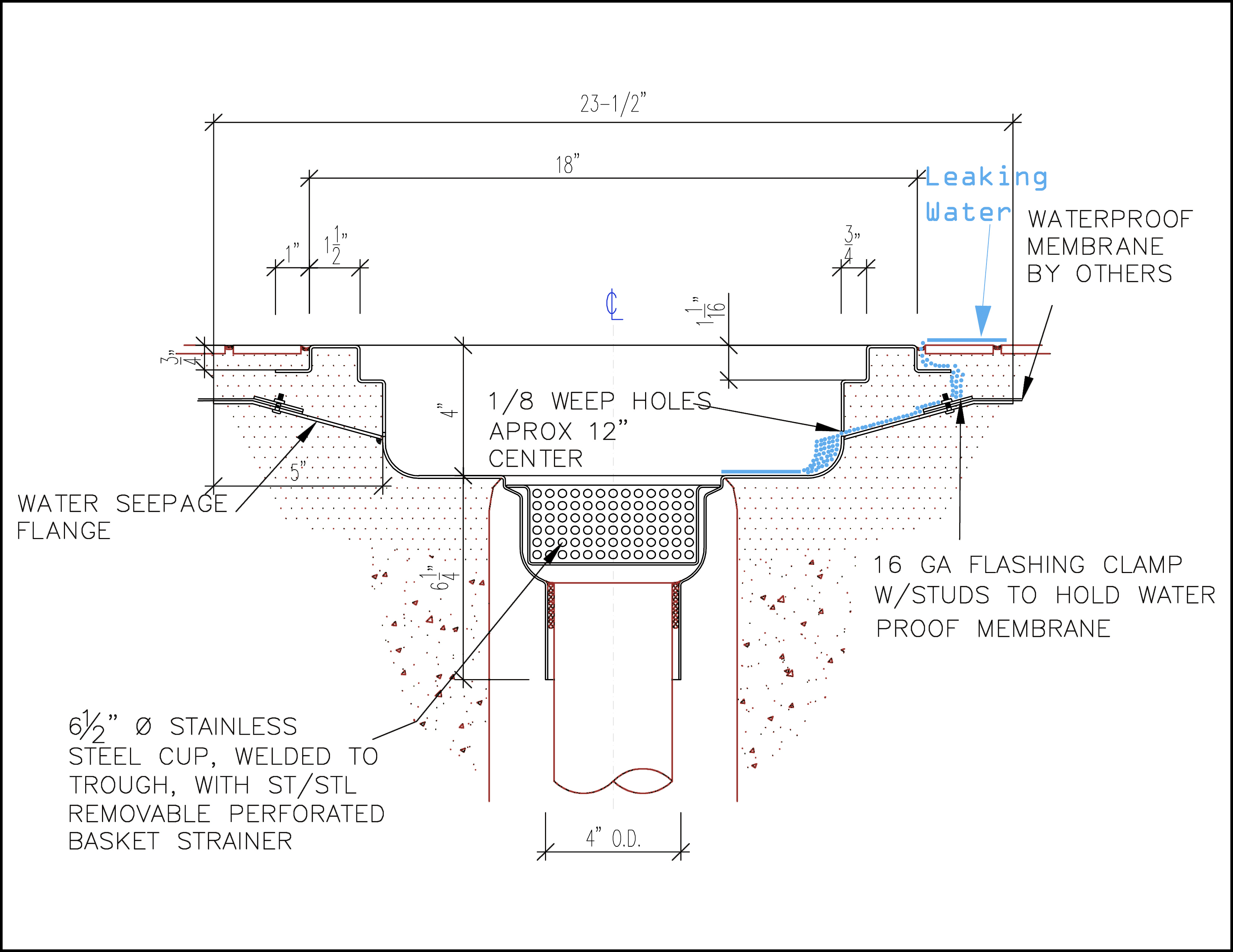
Typical drawing of a floor trough w/ seepage flange equipped.
To learn more about seepage flange or IMC floor troughs, please feel free to contact us at 800-221-5644 or estimating@imcteddy.com to discuss further.


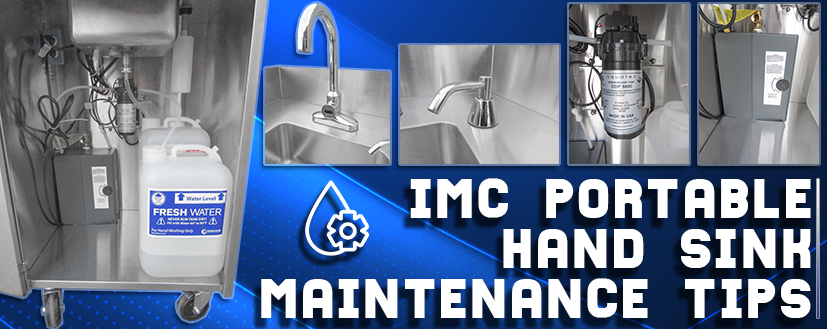
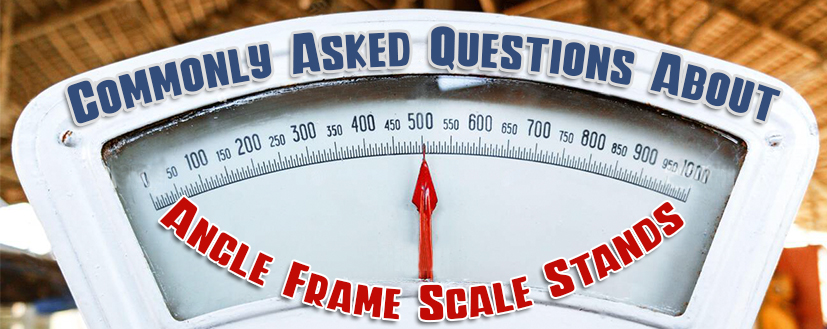


Wow, wonderful blog layout! How long have you been blogging for?
you made blogging look easy. The overall look of your web site is fantastic,
let alone the content!
I enjoyed this. Thank you.
Thanks for the post
very good
Do you mind if I quote a couple of your articles as long
as I provide credit and sources back to your blog?
My blog is in the exact same area of interest as yours and my visitors would
certainly benefit from a lot of the information you provide here.
Please let me know if this ok with you. Many thanks!
Hello,
Thank you for your comment and please feel free to quote our articles with a cited source. We appreciate your interest!
very good
Thanks for the post